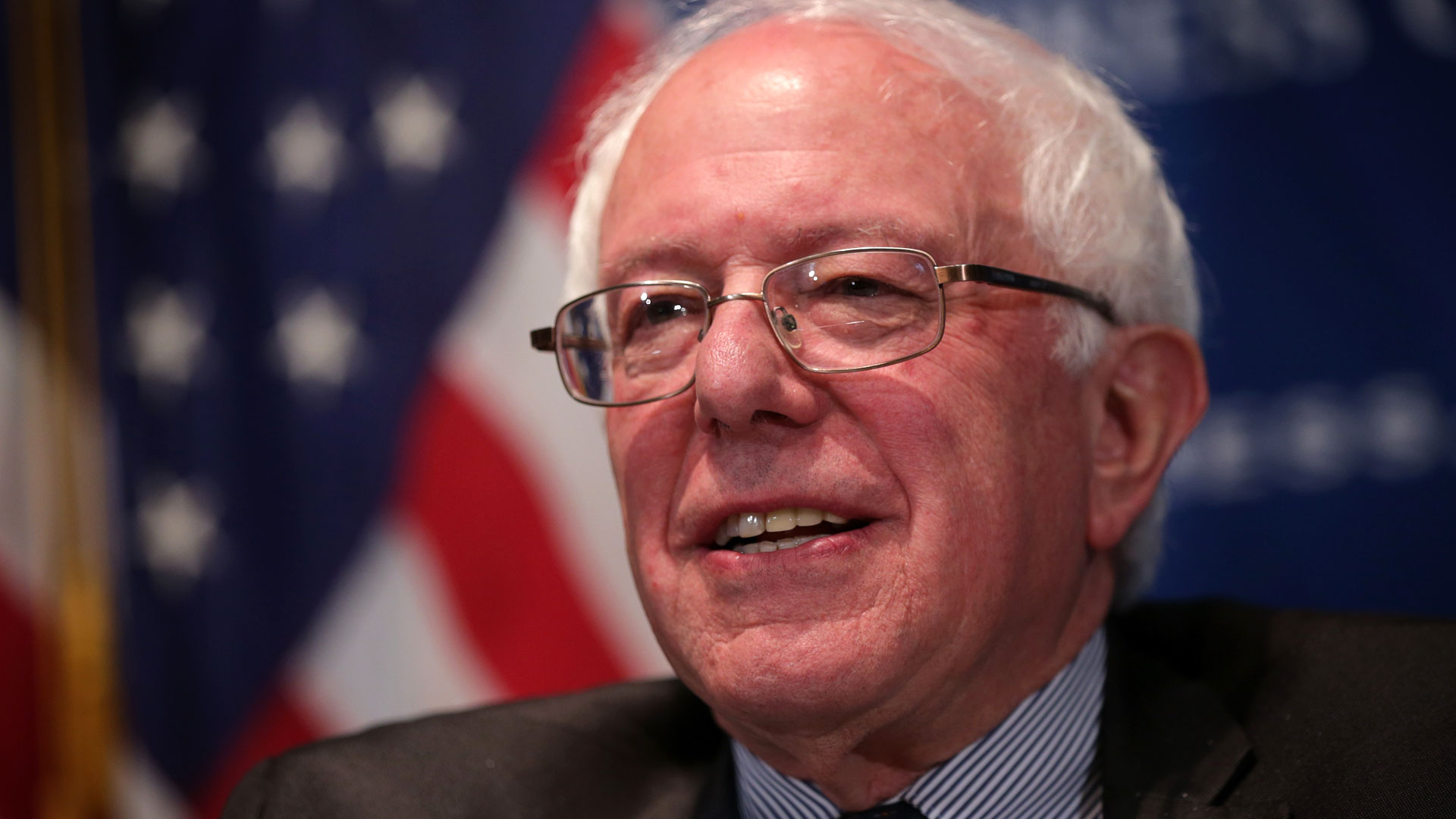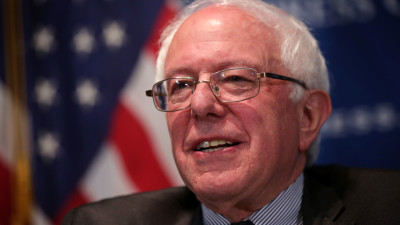Bernie Sanders’ Position on the Clean Power Plan
Legal Planet: Environmental Law and Policy 2016-02-26

 In an interview with Grist last week, Presidential candidate Bernie Sanders provided details about his views on the Clean Power Plan, the Obama administration’s rule to reduce greenhouse gas emissions from existing power plants. Sanders said two things of note: the first is that he would change the CPP to increase incentives for renewable fuels; the second is that he would change the rule to regulate methane emissions as well as carbon dioxide. These changes are presumably part of Sanders’ overall climate plan, which includes imposing a carbon tax on emitters.
In an interview with Grist last week, Presidential candidate Bernie Sanders provided details about his views on the Clean Power Plan, the Obama administration’s rule to reduce greenhouse gas emissions from existing power plants. Sanders said two things of note: the first is that he would change the CPP to increase incentives for renewable fuels; the second is that he would change the rule to regulate methane emissions as well as carbon dioxide. These changes are presumably part of Sanders’ overall climate plan, which includes imposing a carbon tax on emitters.
The odds of getting a carbon tax through Congress don’t seem high. But as President, Sanders would have executive authority to make changes to the currently finalized Clean Power Plan, presumably by withdrawing it, reissuing a new proposed rule, putting it through the required notice and comment period and then finalizing it in response to the comments. It’s an interesting position for Sanders to take: on the one hand, he wants to make the Clean Power Plan more ambitious. Being more ambitious on climate policy than President Obama and, presumably, than Hilary Clinton (who has said she’ll defend the Clean Power Plan), is a not surprising strategy for him (and makes clear that he ‘s not a single issue candidate). But the strategy also raises pretty starkly the dilemma raised by a strategy that elevates principle over pragmatism. Revising the Clean Power Plan would cause significant delay in its implementation simply because of the procedural requirements of notice and comment (ignoring for a moment the increased controversy it would ignite against an already controversial plan). And delay in reducing greenhouse gas emissions is problematic on at least two fronts: the longer we delay implementation, the more expensive reductions become, and delay makes it more difficult to achieve our Paris commitment to achieve 24 to 26 percent reductions in our emissions by 2025. Sanders would sacrifice these practicalities to get greater reductions in emissions over the long run. He would also probably lose the D.C. Circuit panel of judges currently hearing legal challenges to the CPP, a panel that includes at least two judges likely to accord the administration significant deference in its choice about how to regulate greenhouse gases under the Clean Air Act.
Sanders’ changes would also almost certainly mean more legal vulnerability for the Clean Power Plan, especially his proposal to regulate methane emissions through the Plan. Here’s why. The CPP, issued under Section 111d of the Clean Air Act and explained in much more detail here, requires EPA to issue emissions guidelines to states to regulate existing sources using the “best system of emission reduction”. EPA’s CPP does so for electric power plants by developing guidelines for electric power plants that set an overall amount by which each state must reduce its greenhouse gases. What is controversial about EPA’s plan is that in setting the rates, EPA determined the state “budgets” by using not just the reductions that could be achieved from installing traditional controls placed on individual power plants, which is a more traditional way of regulating. EPA also included emissions reductions states could achieve by having its electricity sector switch from using coal to natural gas and by having the electricity sector increase its reliance on renewable and nuclear energy. The latter two elements go “beyond the fence line” of the power plants and it is this “beyond the fence line” element of the CPP that is the subject of much of the legal challenge to it. Opponents argue that EPA should only be requiring states to reduce emissions based on the reductions it could achieve by regulating individual power plants. Such an approach would achieve far fewer reductions than the Obama CPP.
One of Sanders’ proposals — to increase the incentives for renewable energy by extending the Clean Energy Incentive Program– should probably not alter the legal vulnerability of the current plan. The program provides extra credit to states during the early years of the CPP and Sanders would extend the program to 2030.
But the second of Sanders’ proposals — to use the CPP to regulate methane emissions, would extend the CPP far “beyond the fence line,” to include the transport (and possibly the extraction) of natural gas through pipelines. The CPP’s legal defense of the current CPP is based on an important factual premise: that the electricity system is one giant machine and therefore a “system” under the phraseology of Section 111d. Sanders’ proposal is apparently to also regulate emissions caused by leaks in the the vast system of natural gas pipelines in the country that bring natural gas to power plants. It may extend even further to include methane released from hydrofracking, though it is unclear from Sanders’ statements if he means to be so inclusive. Sanders is clearly focused here on public opposition to fracking and worries about methane leaks, exacerbated by the recent fiasco involving a massive methane leak from a Southern California Edison storage site. And methane is a potent greenhouse gas, more than 20 times more intense than carbon dioxide. But it is a curious choice to use the Clean Power Plan, focused on emissions from the electricity sector, to go after methane emissions from the natural gas sector. The CPP would then stray so far past the fence line that even judges who are predisposed to defer to EPA rulemaking might refuse to do so. Moreover, the Obama Administration has already issued proposed rules to regulate methane emissions from the oil and gas sector under the Clean Air Act (rules that have been criticized by some environmentalists as too weak for focusing on new sources, though Obama has also moved to reduce methane leaks from existing sources on public lands). Why Sanders wants to use the CPP to do so — delaying its implementation and increasing its legal vulnerability — is unclear.